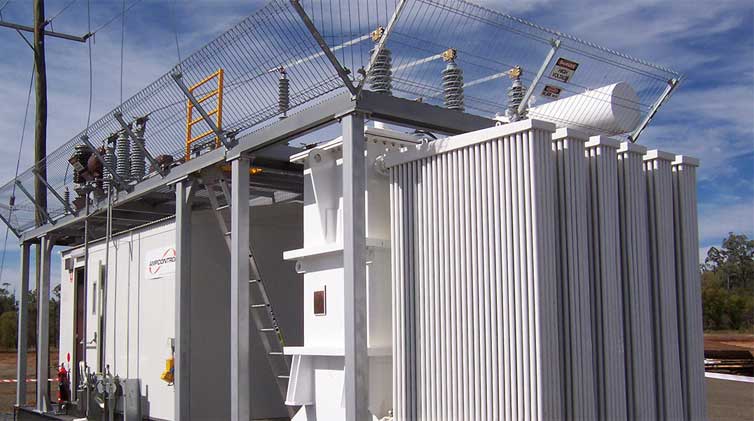The Difference Between Double Winding Transformer and Autotransformer
Ⅰ. What is a double-winding transformer?
A transformer having only two windings, i.e. two windings (two coils) on a core, one for the main winding and the other for the secondary winding, is known as a double-winding transformer. Double-winding transformer is a common transformer product, which is utilized according to different double wound transformer applications (different uses). The main functions are voltage transformation, impedance transformation, isolation, voltage regulation, etc.
Ⅱ. The difference between double-winding transformer and auto-transformer
The main and secondary windings of double wound transformers are wound separately, and each phase is insulated from the other despite being installed on the same core. There is merely a magnetic coupling between the primary and secondary windings, not an electrical connection. The electromagnetic induction between the two windings transmits all of the electrical power transmitted by the double-winding transformer. The autotransformer transmits the electrical power partially through electromagnetic induction and partly directly through the circuit connection.
The windings of an autotransformer are therefore less than those of a double-winding transformer when the transformer capacity is the same. Autotransformers use fewer silicon steel sheets and wires as the ratio drops, resulting in reduced copper and iron losses and lower excitation currents than double-winding transformers. However, because the circuits of the autotransformer's primary and secondary windings are directly coupled, an electrical defect on the high-voltage side can impact the low-voltage side, and suitable protection measures must be implemented.
Jump to Content Sections
Leave a Message
You May Also Like
 English
English  français
français  Español
Español  русский
русский  العربية
العربية  tiếng việt
tiếng việt  Malay
Malay  Indonesia
Indonesia  বাঙালি
বাঙালি 

